As America finally approaches a Covid-free society with looser mask rules and overall restrictions, the aftermath of the pandemic becomes clearer and highlights one of the near future’s political challenges. In education, schools’ survival and students’ academic progress were defined by the availability of funds and resources. Not surprisingly, the education quality of minority and low-income students was disproportionately harmed, aggravating the already-concerning inequalities in the American education system. This is undoubtedly one of the biggest scars the pandemic will leave in our society, and healing it should be a political priority. However, some politicians and voters seem to be more intent on expanding school choice programs, a movement that can in fact deepen educational inequality rather than heal it.
School choice is a term used to describe policies that give parents the option to send their kids to schools other than their districts’ public school. Proponents of the movement incorrectly claim that it offers low-income students at poorly performing public schools a chance at a better education. While the movement began decades ago, it has become increasingly popular as the pandemic caused parents to pay attention to and be disturbed by the education their children received. Interestingly, parents’ complaints are very ideologically loaded, focused mainly on decisions that are pro-remote instruction, mask requirements, critical race theory, and the rights of transgender students. Accordingly, conservative parents view school choice as a means of protecting their kids from being indoctrinated by progressive ideology, posing a promising strategy for several Republican conservatives in the run-up to the 2024 midterm election. These culture wars in public schools have unlocked a whole group of potential angry voters in the eyes of the Republican party – frustrated parents who previously didn’t have an incentive to be politically active. Across the country, conservative politicians have advocated for expanding school choice programs in their state, successfully appealing to parents’ fears and driving voter turnout.
Unfortunately, the debate over school choice programs seems to be obscuring the more important issue surrounding the severity of the pandemic’s effect on education equity. Even in pre-Covid America, the issue was already of distinct concern. Research shows that the school funding gap between a top 1 percent (mostly white suburbs) and an average-spending school district widened by 32 percent between 2000 and 2015. Similarly, a report issued by the Trump administration in 2019 documented that the funding gap between rich and poor schools was $473 per student . As if this scenario wasn’t worrisome enough, the pandemic came to aggravate it. In 2020, minority students were more likely to live in remote-only school districts but least likely to have the resources to navigate online education such as internet access, parental supervision and appropriate technology. These numbers imply a major obstacle to America’s progress towards the more equitable society that the Biden administration so proudly strives for. While their more privileged counterparts enjoyed greater chances at academic success, a whole generation of already less privileged students suffered the consequences of the uneven distribution of educational resources. With a poorer education, this generation of low to middle-income students will be less empowered to succeed economically and take on decision-making positions.
Yet instead of supporting our public school system and attempting to repair the pandemic’s damage, several conservative politicians are set on developing a parallel school system through school choice. In all likelihood, the movement has brought educational benefits to many who wouldn’t have had access to quality instruction otherwise throughout the past decades. However, Republican state legislators’ push to massively develop school choice by expanding charter schools (publicly funded but privately run institutions) or private school choice programs (typically voucher-type programs where students take some of their tax dollars with them to private schools) will disproportionately harm the already-slow recovery of underfunded public schools. At least 34 states have expanded such programs. In 2021 alone, 22 states passed legislation that generated $900 million in new funding to support school choice programs. When students leave the public schools for charter or voucher schools, the public schools lose valuable financial resources as they are left with less revenue – since public schools generally receive state funding per pupil – but the same expenses. Ultimately, these programs weaken the public education system that is responsible for the vast majority of students. In low-income, underfunded districts, this move can be detrimental to students’ already insufficient education and, in turn, their chances at a successful life.
If our goal is to establish a more equitable society, school choice is not the answer. At a time when the disparities in the education system are noticeably pronounced, it is disappointing to watch so many politicians advocate for a program that will likely increase the achievement gap, further segregate students and take us countless steps back in regress. Yes, these programs will benefit a select set of students, but the public school system should be about all children being provided equal opportunity to excel in life. This is currently not the reality in the United States. Underprivileged students are systematically being cheated out of resources and opportunities by a system that favors those on top yet clings to meritocratic ideals. Though it is promising that President Biden hopes to increase aid to schools serving lower-income districts, it is most definitely not enough. There should be a comprehensive education reform, starting by substantially changing the school funding system. Therefore, alongside its several scars, the aftermath of the pandemic should bring with it better strategies to improve equality in education nationwide.

